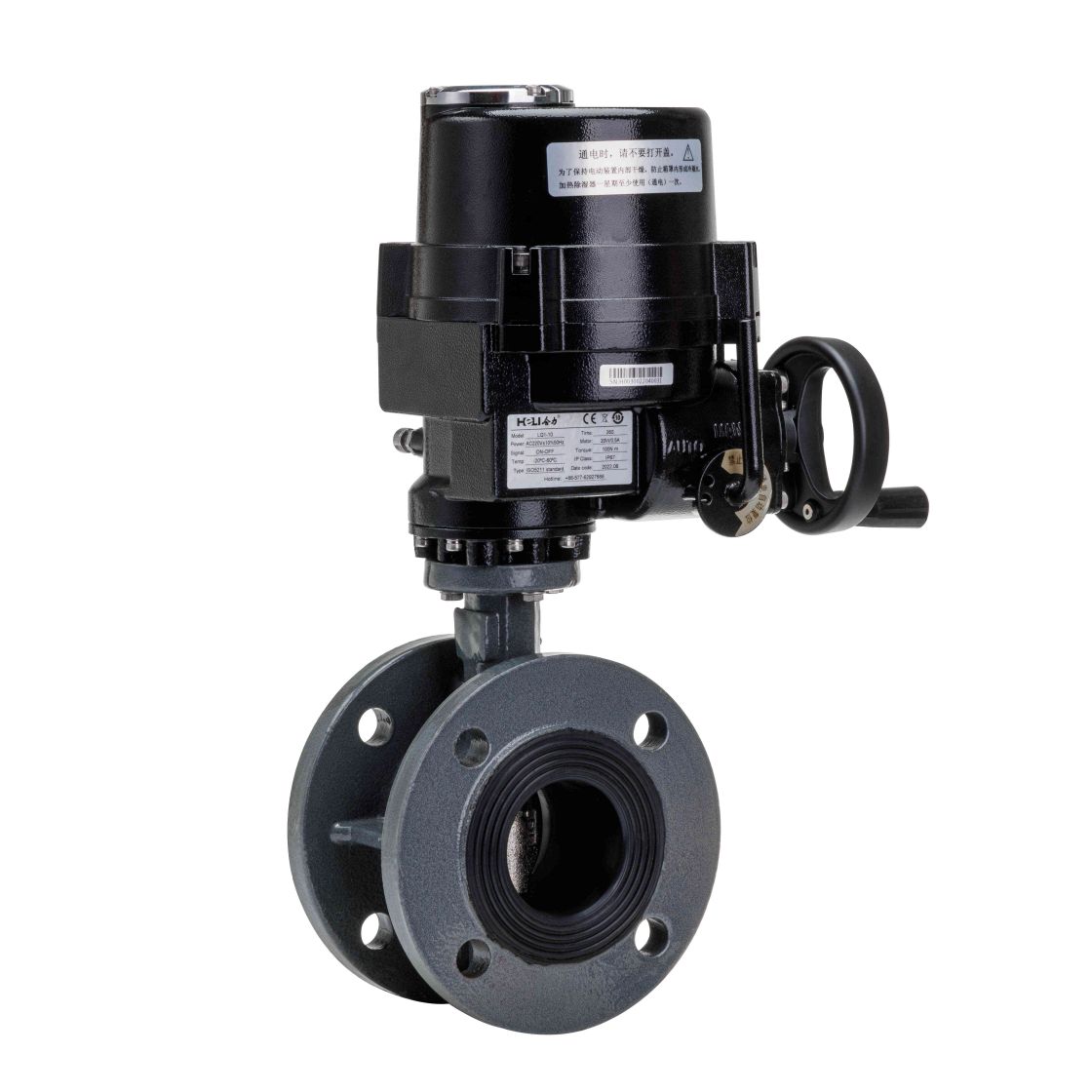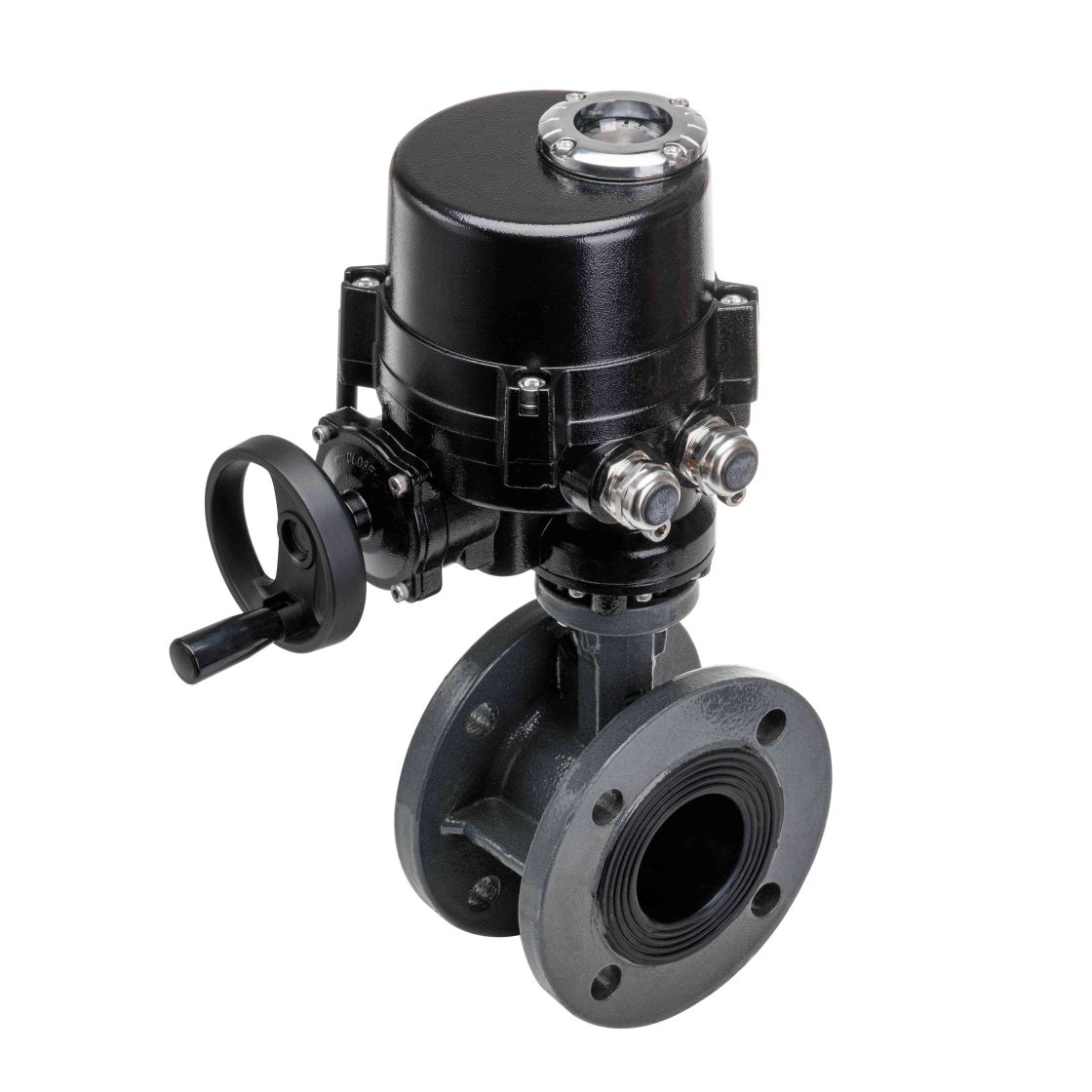
The WCB Electric Ball Valve is a vital component in various industrial automation systems, offering reliable, precise, and efficient control for regulating the flow of fluids in piping systems. Combining the benefits of electrical actuation with the proven performance of a ball valve, the WCB Electric Ball Valve has quickly become a preferred choice for many industries, including oil and gas, chemical processing, water treatment, and HVAC systems. This article explores the features, advantages, applications, and maintenance considerations of the WCB Electric Ball Valve, shedding light on why it has become an indispensable part of modern industrial operations.

Features and Design
The WCB Electric Ball Valve is designed with a spherical ball with a hole through its center, which allows or restricts the flow of fluids when rotated. The "WCB" designation typically refers to the material used for the valve body, which is a type of carbon steel, providing excellent strength and durability. The electric actuator is integrated with the ball valve, allowing for remote operation and automated control. This electric actuation mechanism can be controlled through various signals such as 4-20mA, modulating current, or even through digital protocols, offering precise and remote control of the valve’s position.
